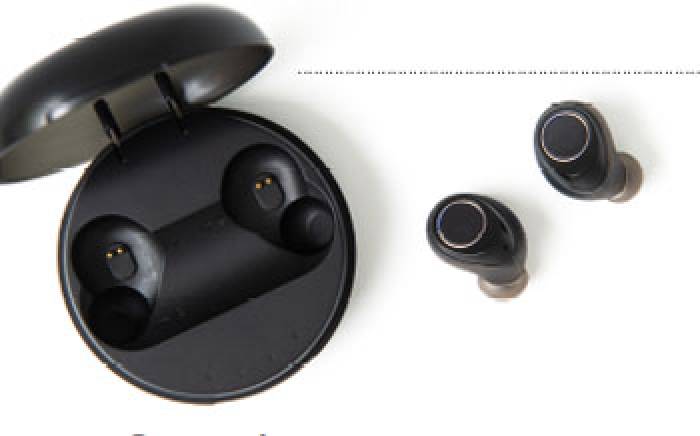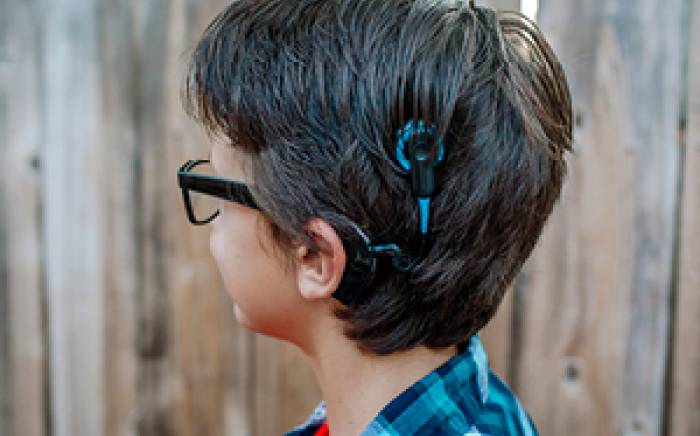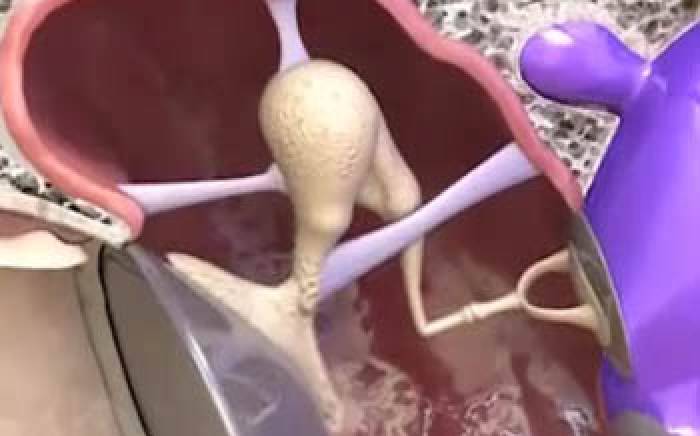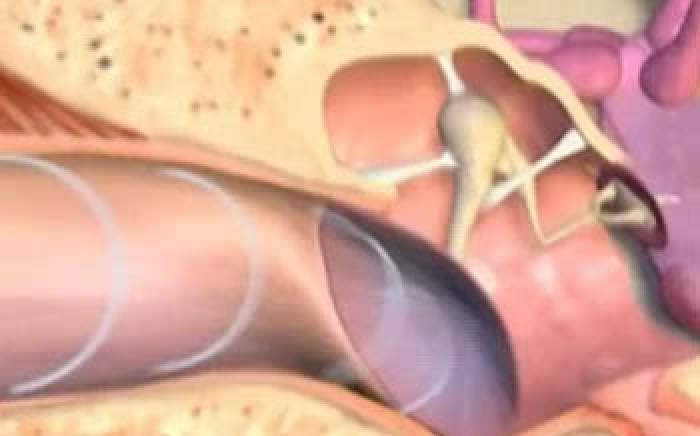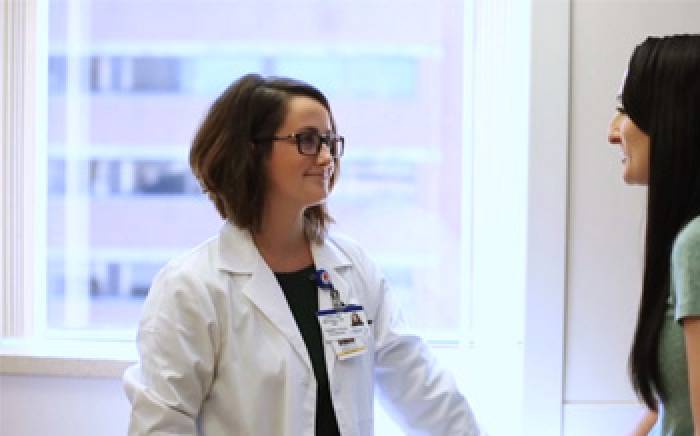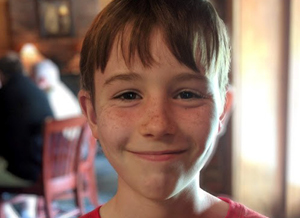 Ian Farley, now age 12, was born with single-sided deafness. A cause for his deafness was never identified; according to his mom, Lisa, both magnetic resonance imaging (MRI) and computed topography (CT) scans showed no abnormalities in the structure of his inner ear. Nor did an evaluation by a geneticist provide an answer.
Ian Farley, now age 12, was born with single-sided deafness. A cause for his deafness was never identified; according to his mom, Lisa, both magnetic resonance imaging (MRI) and computed topography (CT) scans showed no abnormalities in the structure of his inner ear. Nor did an evaluation by a geneticist provide an answer.
“Ian was diagnosed as an infant while my husband, Patrick, was a resident at Dartmouth-Hitchcock Medical Center in Lebanon, New Hampshire. Patrick completed his neuroradiology fellowship at the University of North Carolina – Chapel Hill, before we moved to Jackson, Mississippi. Patrick and multiple other radiologists reviewed Ian’s scans. The fact was that Ian simply couldn’t hear out of one ear,” she says.
Ian began wearing a hearing aid just after his first birthday, and continued to wear it until he was a little more than 3 years old. It was then that a new audiologist determined the hearing aid was only amplifying background noise and decreasing his overall hearing.
When Ian first started school, his hearing loss didn’t seem to bother him. “Little children tend to talk directly at each other, and there were teachers just an arms-length away,” says Lisa. “But when Ian got older, he was in larger classes with a teacher at the front of the room. Working in groups was difficult for him, and he began to withdraw. He’s a really bright kid, but he always had to figure out who was talking and by the time he did, he was always a sentence or two behind everyone else. His teachers would tell us that Ian had to focus more, pay attention, keep up with the group. He came home exhausted from trying to hear all day.”
Although Ian wore a bone anchor hearing aid for a couple of years starting at age 9, it delivered twice as much input into his hearing ear and made loud noises even louder. Lisa became even more determined to find help for Ian.
“I never understood why Ian couldn’t get a cochlear implant, but I was always told it wasn’t done, that Ian wouldn’t like the sound. What made no sense to me was that if Ian lost hearing in his good ear, he would be a candidate for an implant,” says Lisa. “After years of bringing up the possibility, our audiologist finally told us that otolaryngologists were starting to implant babies born with single-sided deafness as well as older adults who developed it, and they were having success. Since Ian had been deaf for so long, there was no telling how successful a cochlear implant would be. But our audiologist asked the ENT physicians in Jackson if they would be willing to perform the surgery."
Their answer: No. Lisa began gathering research articles about cochlear implants for pediatric patients with single-sided deafness. She started noticing that the authors of several papers were from Washington University School of Medicine and St. Louis Children’s Hospital. She decided to call.
“I was put in touch with Bernie (Bernadette Rakszawski), who answered a ton of questions from me. I forwarded hundreds of pages of Ian’s medical records, and the cochlear implant team agreed to meet with us,” says Lisa. “After two days of testing, they decided he was a candidate.”
Ian received his cochlear implant in August 2019, three days after his school year had started. Every week for six weeks they made the trip from Jackson back to Children’s Hospital for therapy and mapping. Then it was every other week and now every three months.
“Since we didn’t know how successful the cochlear implant would be, we really worked to manage Ian’s expectations,” says Lisa. “At first he said everything was too loud; he was totally startled when I dropped a pair of tongs in the kitchen. But eventually he began to understand how much he had been missing.”
She adds, “He had been told voices might at first sound like Minnie Mouse to him. That never happened, and he’s still disappointed.”
What has happened is that Ian now can follow along and keep up in class. He doesn’t hesitate to participate and is excited about his speech and debate class. At the end of the day he is no longer worn out but instead bugging his mom to stay up late. He wears the external part of his implant all the time, including when he is training for long-distance running—a relief to Lisa, who always worried he wouldn’t hear oncoming traffic.
keep up in class. He doesn’t hesitate to participate and is excited about his speech and debate class. At the end of the day he is no longer worn out but instead bugging his mom to stay up late. He wears the external part of his implant all the time, including when he is training for long-distance running—a relief to Lisa, who always worried he wouldn’t hear oncoming traffic.
“Ian’s gentler on himself now, too, because he can compare the before and after. When he’s in the pool and not wearing his implant, he realizes why he’s terrible playing Marco Polo,” says Lisa. “He knows why he can’t close his eyes and find someone when he’s only hearing out of one ear. And he’s OK with that.”
For a referral to a pediatric audiologist at St. Louis Children's Hospital, call 314.454.KIDS (5437).

